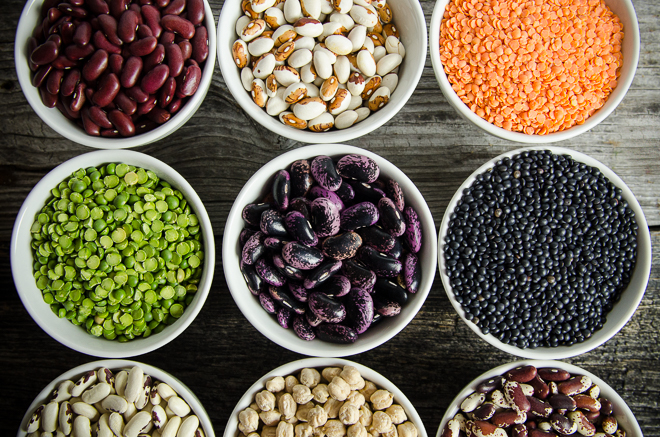
I have a cup of black and white spotted Orca Beans soaking in warm water on my kitchen counter right now, waiting to turn into a bean and vegetable soup that we'll enjoy tomorrow after a long hike on the beach. We eat a fair amount of pulses: beans and lentils, split peas, and chickpeas.
What are pulses?
Pulses are edible dry peas, beans, lentils, and chickpeas. They fall under the legume family, but the word "pulse" specifically refers to legumes that are grown and harvested for their dry seed and grown as food. So pulses include lentils, chickpeas as well as split peas and beans like kidney bean or navy bean.
Aren't pulses just legumes?
In the US, we tend to refer to pulses under the broad, sweeping term "legume." Here's the kicker: While all pulses are legumes, all legumes are not necessarily pulses. Legumes are plants in the family Fabaceae, and they not only include dry peas, lentils, beans and chickpeas that are grown for food, but also those that are grown for forage or for crop rotation, like alfalfa.
So, you might be thinking, "I get it. Pulses are edible legumes."
Not so fast. Pulses include only dry, edible legumes like dry peas, beans, lentils and chickpeas. So, green beans and fresh peas don't count.
Why I Serve Pulses at Least Once a Week
Pulses help me to get more out of my budget.
Pulses are both nutritious and inexpensive; moreover, they're incredibly delicious when prepared well. We, like most families, need to keep an eye on our bottom line. Super affordable, pulses help to make the other foods I feed my family go a little further, particularly the grass-fed and pasture-raised meats that might otherwise weigh a little heavily on our budget.
The pound of ground bison I brown for a tomato-rich, spicy chili goes twice as far when I add a few cups of Kidney or Jacob's Cattle Beans. The broth I made on Sunday night gets stretched into a satisfying lunch with the help of a scoop of red lentils and some chopped vegetables.
Pulses are nutrient-dense.
Among all the plant foods, pulses are particularly nutrient-dense. They are rich in protein, a very good source of fiber (and more and more research shows how much fiber plays a positive role in gut health), and they're particularly rich in folate.
A cup of chickpeas, for example, boasts more than ten times the amount of folate than a cup of cooked kale and about as much folate as a serving of liver. This is good news for women looking to conceive or who are pregnant as folate is a nutrient critical to the prevention of neural tube defects in babies, and it's better to get it from food than from supplements.
How Do I Cook with Pulses?
Most pulses, with the exception of some of the more fragile lentils, benefit from soaking overnight in warm water with a pinch of baking soda. Pulses are rich in raffinose, a complex starch, that, when digested can cause gas. Soaking pulses not only softens them, making them cook more quickly when you've added them to the pot, but it mitigates the effects of raffinose - making pulses a lot easier to digest. Moreover, soaking pulses before cooking them makes their minerals a little more bioavailable, meaning you get a touch more nutrition with every bite.

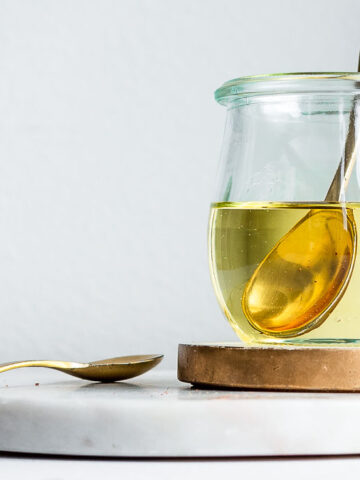
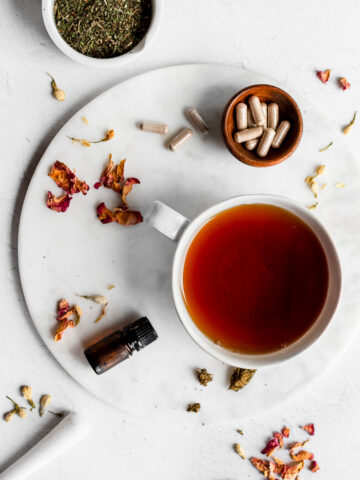
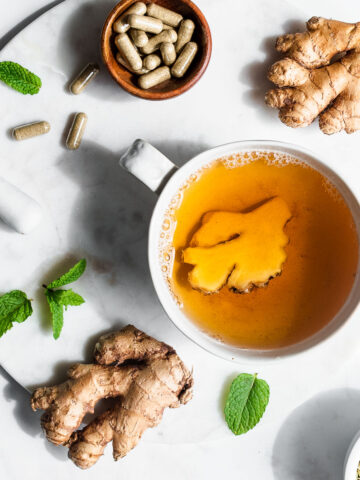
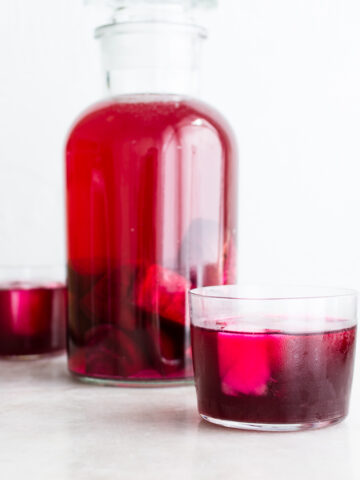
Carol L says
Could you be a bit more specific on the list of what is a pulse? Like a FULL list? Thank you.
I may not be able to eat pulses as I’m diabetic and carbs are NOT my friend...
Jenny McGruther says
Carol -
Pulses are a class of food that include beans, dry peas, chickpeas and lentils. A full and complete list would contain thousands of varietals.
Connie S Pinkston says
Thank you for posting this information. I am trying to follow a Biblical eating plan for better health.
Ekeh Chinedu says
Ill hencfort add this to my daily meal
Am a Nigerian most seeds are affordable and easy to find in seed stores..
Just hope the locals will understand this names
Miss says
Same. I read it in Daniel on the weekend and now my daughter and I want to try it.
Christi Solomon says
It’s what Daniel Meshach Shadarac and Abendigo ate in the scriptures Daniel 1:3-20....which is why I’m looking it up?
Immanuel says
Same here lol
Tweeboo says
Is pulse a British word? I have been a dietitian in California for 13 years and have never heard food referred to as a “pulse”.
Jenny says
No. Pulse is not a British word. It's definition is listed above, and, yes, this word is used both in American and British English.